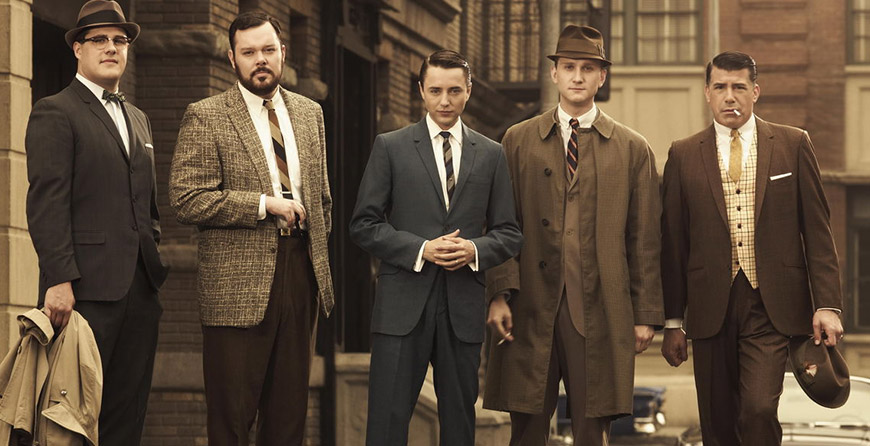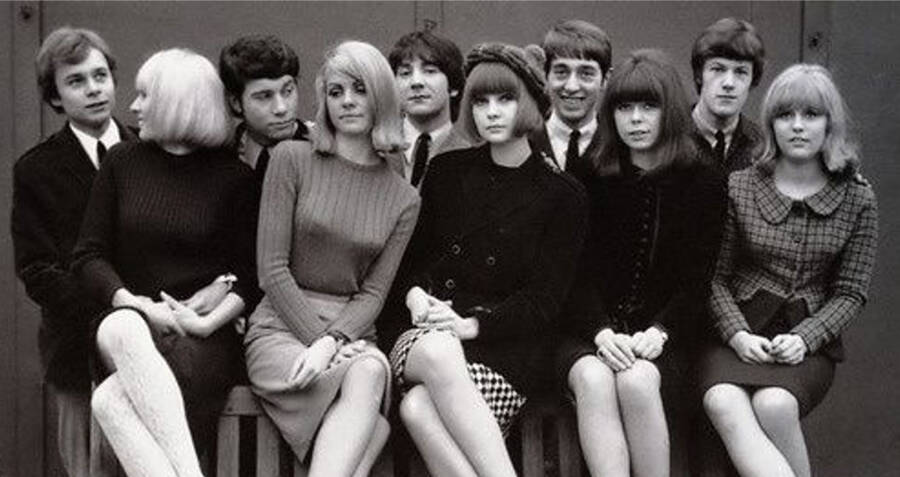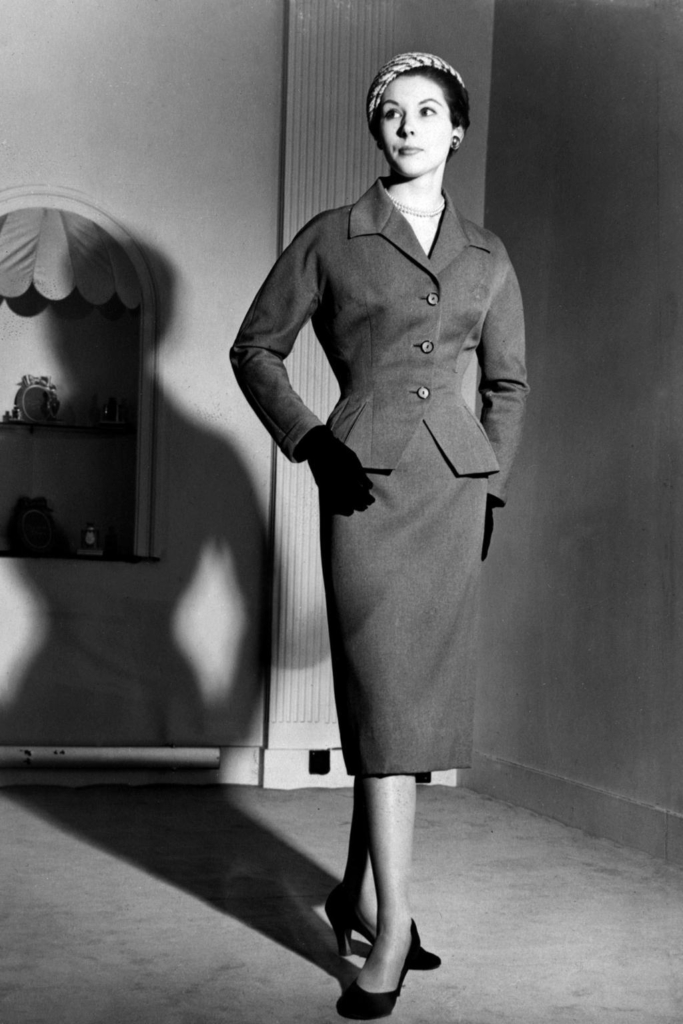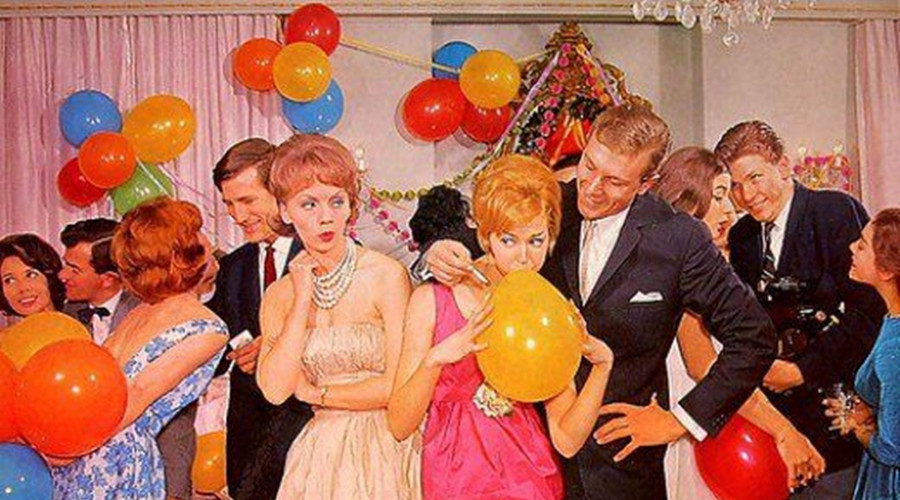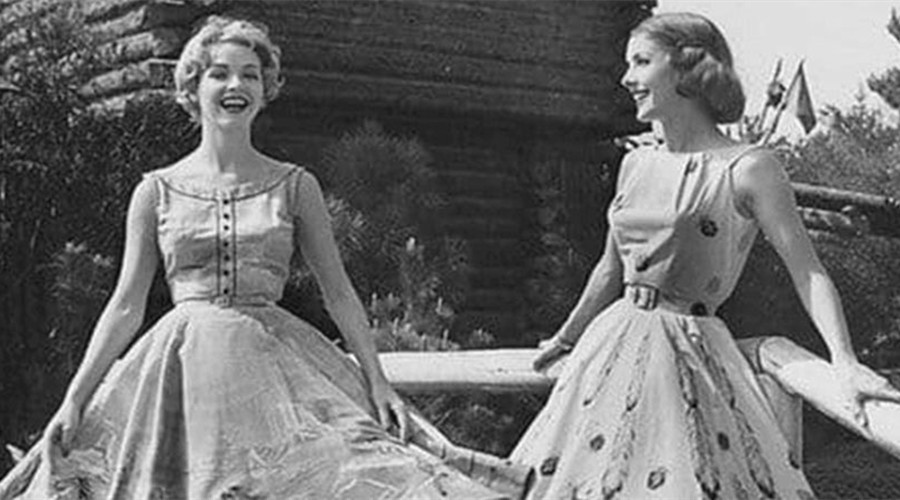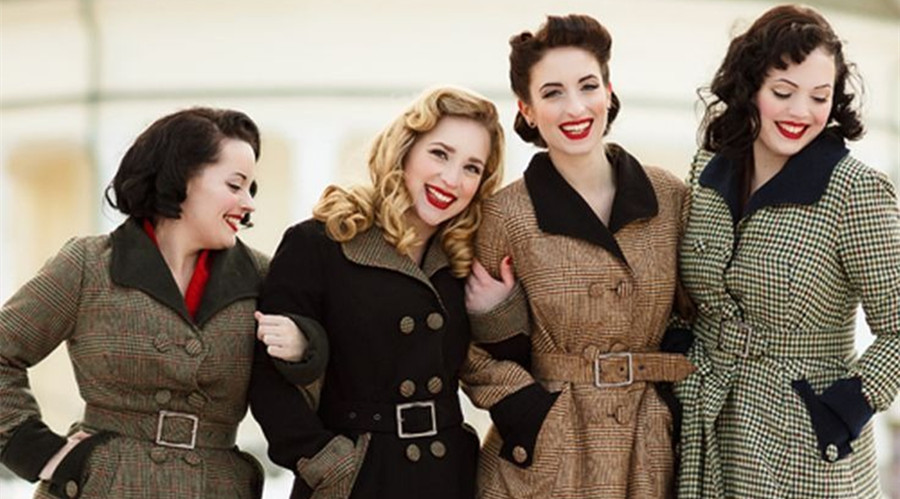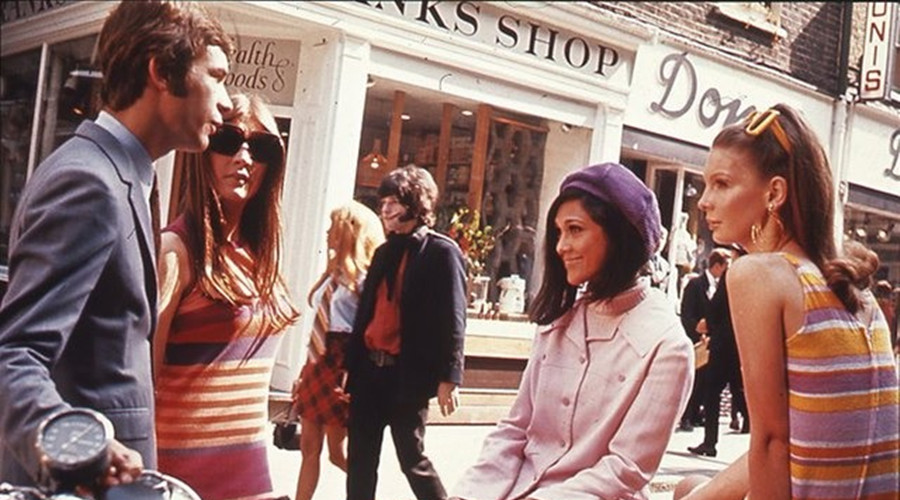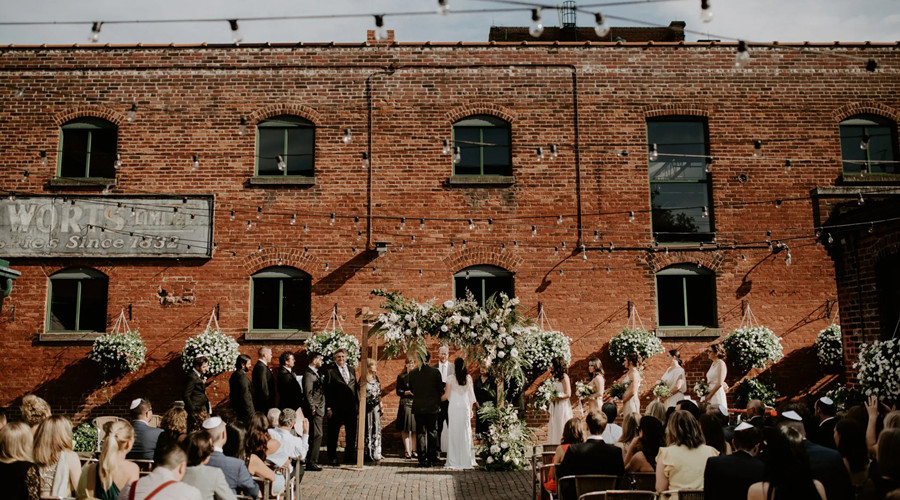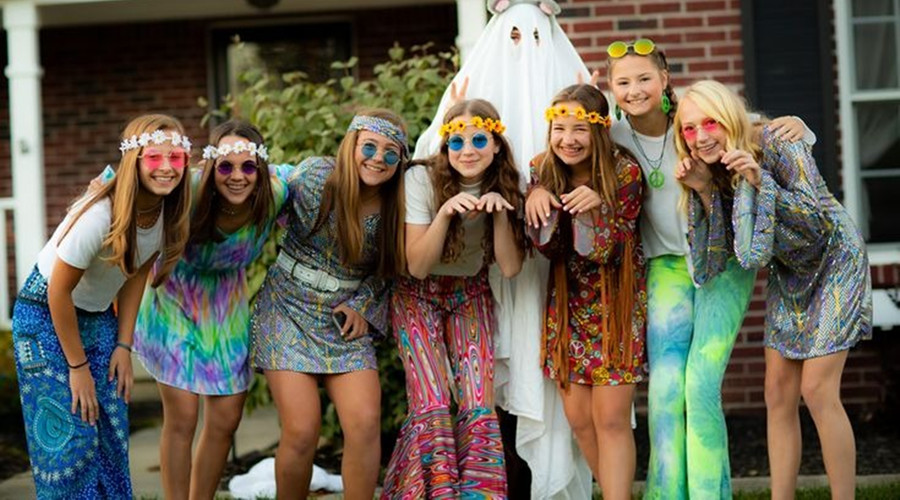THE HISTORY OF SHOES 1920s – 1980s
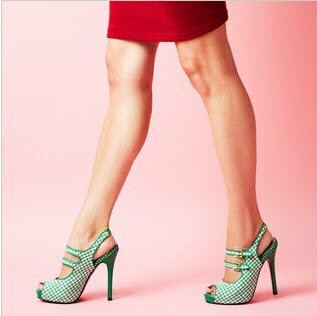
Shoes, like every other thing related to man, have a history. Shoes started out as a protective measure for our feet and have grown into an industry, filled with its own trends and fashion. Looking back at the vintage shoes fills one with a feeling of awe. A production technique of barely strung together dear and bearskin has grown into a top-notch Industry with quality taste in design and style that has contributed greatly to the economic sector of the world.
 The evolution of shoes, took a massive turn in the 19th century with the development of the sports shoe, being the converse created in 1917. In 1923, the Chucks Taylor signature was added to the patch of the converse shoe, as a form of recognition for the support the then basketball game gave to the shoe.
The evolution of shoes, took a massive turn in the 19th century with the development of the sports shoe, being the converse created in 1917. In 1923, the Chucks Taylor signature was added to the patch of the converse shoe, as a form of recognition for the support the then basketball game gave to the shoe.
1920s Shoes
The 1920s saw the emergence of a new set of shoe designs, especially with women. It was the period after WW1, the economy was good, there was a rise in the stock market plus the prohibition of organized crimes, which led to a renewed mindset that allowed women to dress more freely and enabled more risqué fashions both in dresses and shoes. Women shoes witnessed notable changes like the addition of bar shoes and T straps and pumps.
While Men’s shoes in the 20s were more of casual shoes as men chose to settle for more comfortable fashion, like the oxford lace-ups, slippers, tennis shoe and two-tone shoes. In the early 20s, the cap to lace boots was still trendy, due to their sturdy, comfortable and durable nature. The colours of male shoes came in black, brown and grey. White coloured shoes were worn mostly during the summer period but were worn all year round mostly by the wealthy, as they were difficult to maintain.
A shoe spat was another fashion item popular, amongst a certain group of fashionable gentlemen in the 1920s, to be precise; bootleggers, gangsters and other notorious thugs of the ton. Also, in the 1920’s men house slippers became a thing. These slippers came in different styles, such as moccasins, opera, tuxedo, Romeo and carpet slippers and they were usually made of leather or felt, lined with soft flannel or silk.
1930s Shoes
The great depression started in October 1929 and the effect this had on the economy stirred up a different kind of evolution in the industry of shoemaking. The outbreak of World War II in 1939, resulted in the sandals coming back with a bang, as the military ban on leather, forced shoemakers to make do with wood, cork and fake leathers. Plus the rationing of these materials led to the creation of sandals, peep-toed or open-toed pumps, as these designs demanded the use of less production material.
In 1934, the tennis shoe was created and was usually worn by the wealthy during sports activities. There was also a boost in the demand for more comfortable shoes, as people no longer saw the need to squeeze their feet, into narrow shoes hence the birth of shoes like the platform shoes for women made by Salvatore Ferragamo and André Perugia.
1940’s Shoes
1940s saw the heat of World War II, men were stuck at war and women had to step up to more male-dominated roles, in order to sustain themselves and their families. This led to a different kind of outbreak in the footwear industry, especially with female shoes.
Women shoes suffered some limitations; restrictions were placed on heels to be reduced to merely one to two inches. There was a need for practical shoes as women were now working in factories and doing odd labour that demanded their fashion to be suited to their environment. This led to the emergence of shoes like loafers and saddle shoes.
Men shoes in 1940 have still consisted mainly of Oxfords, brogues and Moccasins but due to the restrictions placed on the leather and the lack of enthusiasm to dorn shoes made by reptile skin or synthetic materials, men shoes were made of brown and grey cotton and the soles were made of wood. Though wooden soles lacked durability, hence after the war, men were able to get leather shoes and rubber soles to enable easy repair of the soles.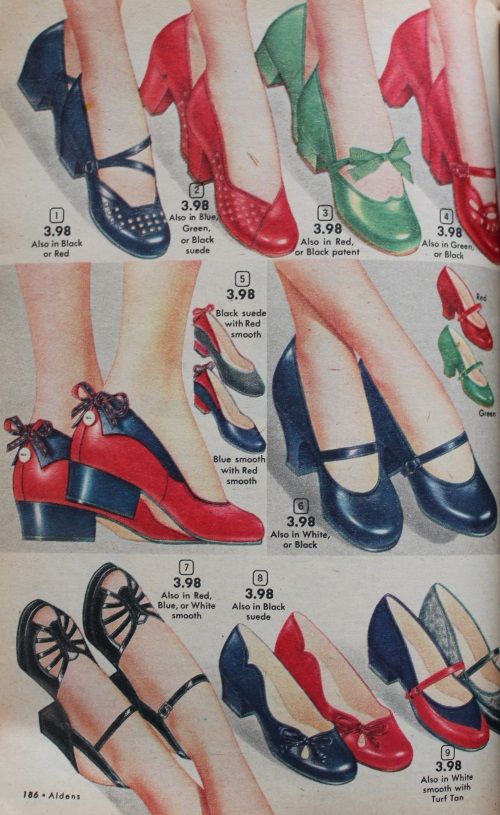
1950s Shoes
1950 saw the emergence of the stiletto shoe by Charles Jourdan, which served as a big game-changer. Women shoes, upgraded from the usual chunky heels and wedges to shoes with sleek designs usually involving cutout toes and light heels. While things stayed pretty much the same for the Men as tennis shoes, converses and Oxfords were still a favourite.
1960s Shoes
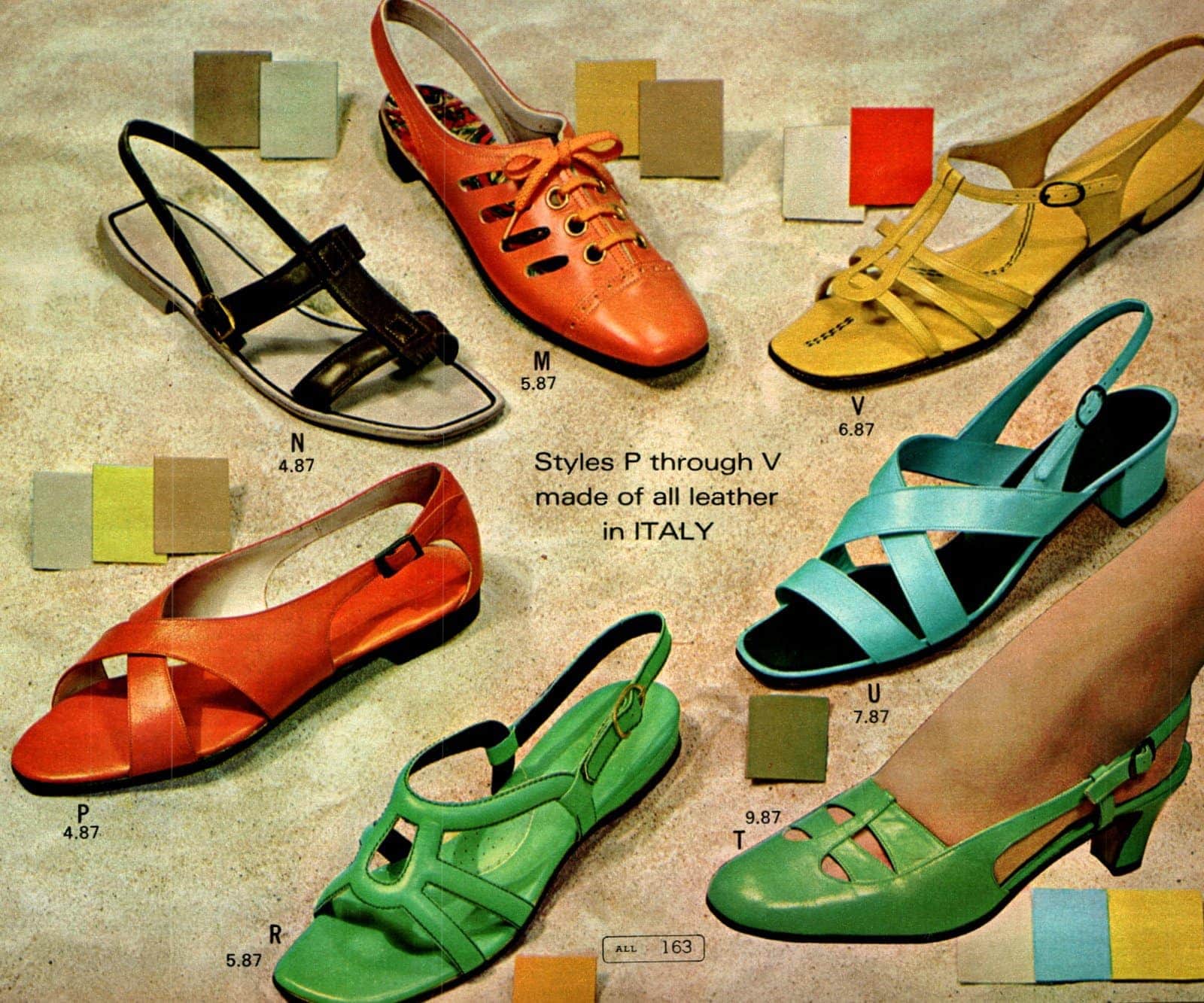 Shoes in the 60s consisted of mostly stilettos and heels, the twist dance was in the full rave and it was a period of fun and dancing. The 60s also had the “go-go” boots that appealed to the younger generation. The boots were usually made of plain leather or loose plastic and treated textiles.
Shoes in the 60s consisted of mostly stilettos and heels, the twist dance was in the full rave and it was a period of fun and dancing. The 60s also had the “go-go” boots that appealed to the younger generation. The boots were usually made of plain leather or loose plastic and treated textiles.
Men shoes encountered a big change in the 60s, with the emergence of the ankle boots with Cuban square heels and the Beatles boots that offered a variety of colours in suede materials.
1970s Shoes
The 70s, an era regarded as the period of freedom. Shoes from the 70s were created to fit this ideology. Women shoes offered different varieties of heels from wedges to stilettos, flats, clogs or boots. Platforms were the most popular shoes for women and men. Boots with platform heels gave the men boosts for extra height.
1980s Shoes
The 80s was a time that the economy of the world was in full bloom once again. Shoes from the 80s were worn to reflect a person’s social and professional status. The sling back shoe with pointed toes and slender kitten heels was popular among the women in the 80s while the men still stuck with their loafers, oxfords and brogues.

